Acura RDX: General Information and Recommended Maintenance Schedule
This article will give you all the information you need to maintain your Acura RDX well past its warranty date.
This article applies to the Acura RDX (2006-Present).
A car will give you as much as you are willing to put into it. Following the recommended maintenance schedule is the best way to keep your car in top shape. Like any other vehicle, the Acura RDX follows a maintenance schedule determined by its mileage. This schedule differs from model to model depending on the equipment installed, such as the transmission or the sports package if you have one. Whenever it is time for your RDX to be serviced, a message will display on your front user display called a Maintenance Minder. Each Maintenance Minder gives a code telling you which parts need to be serviced. You'll find the breakdown of these codes below.
Maintenance Minders
| Code Number | Service |
|---|---|
| A | Replace engine oil |
| B |
Replace engine oil and oil filter Inspect front and rear brakes Check parking brake adjustment Check expiration date for temporary tire repair kit bottle (if equipped) Inspect tie rod ends, steering gearbox, and boots Inspect suspension components Inspect driveshaft boots Inspect brake hoses and lines (including ABS/VSA) Inspect all fluid levels and condition of fluids Inspect exhaust system Inspect fuel lines and connections |
| 1 | Rotate tires |
| 2 |
Replace air cleaner element Replace dust and pollen filter Inspect drive belt |
| 3 | Replace transfer-case fluid (if you have AWD) and transmission fluid |
| 4 |
Replace spark plugs Replace timing belt and inspect water pump Inspect valve clearance |
| 5 | Replace engine coolant |
| 6 | Replace rear differential fluid |
- You should still change the engine oil once every year, even if you do not receive a Maintenance Minder.
- If you drive in dusty or polluted conditions regularly, then you should change the air cleaner element as well as the dust and pollen filter every 15,000 miles.
- If you drive in mountainous conditions where you are forced to drive at low speeds, then you should change the transmission fluid more frequently; first at 60,000 miles, then every 30,000 miles.
- You should change the brake fluid every two years, even if you do not receive a Maintenance Minder.
Component Breakdown
Engine Oil
Engine oil is the lubricant that keeps things moving smoothly in your engine. Allowing your engine oil to degrade could cause performance issues or damage to the engine. Engine oil levels should be checked at least monthly using the dipstick. Add new oil through the oil fill cap if levels are below the recommended mark.
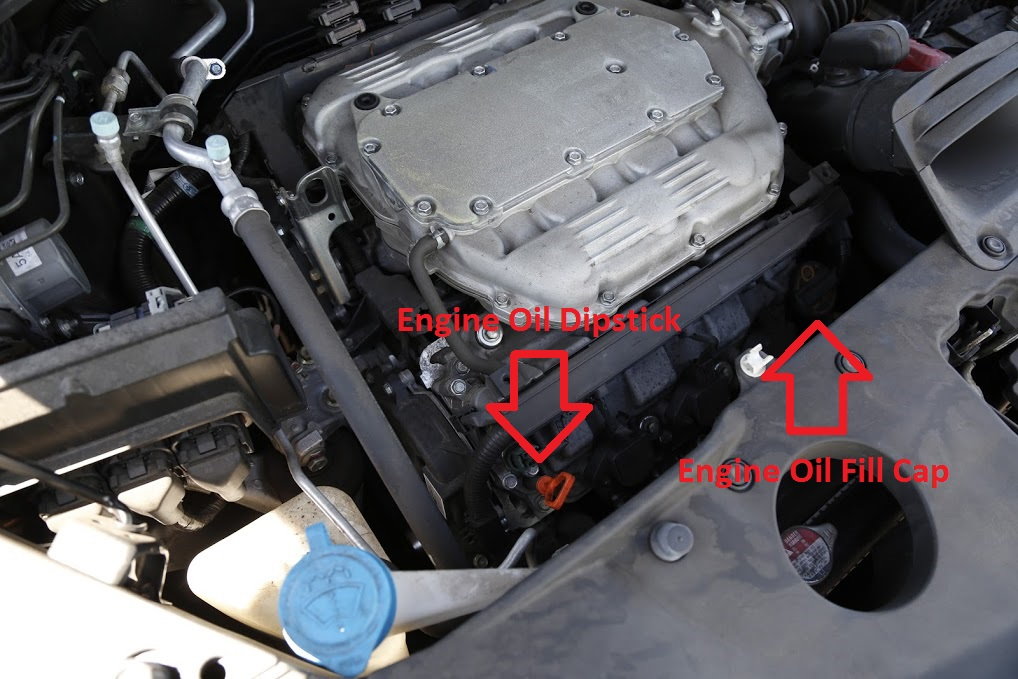
Engine Coolant
Engine coolant helps prevent the engine from overheating. Coolant levels should be checked monthly. Check the coolant levels in both the reserve coolant tank and the radiator. If levels are below the recommended mark, add some additional coolant.
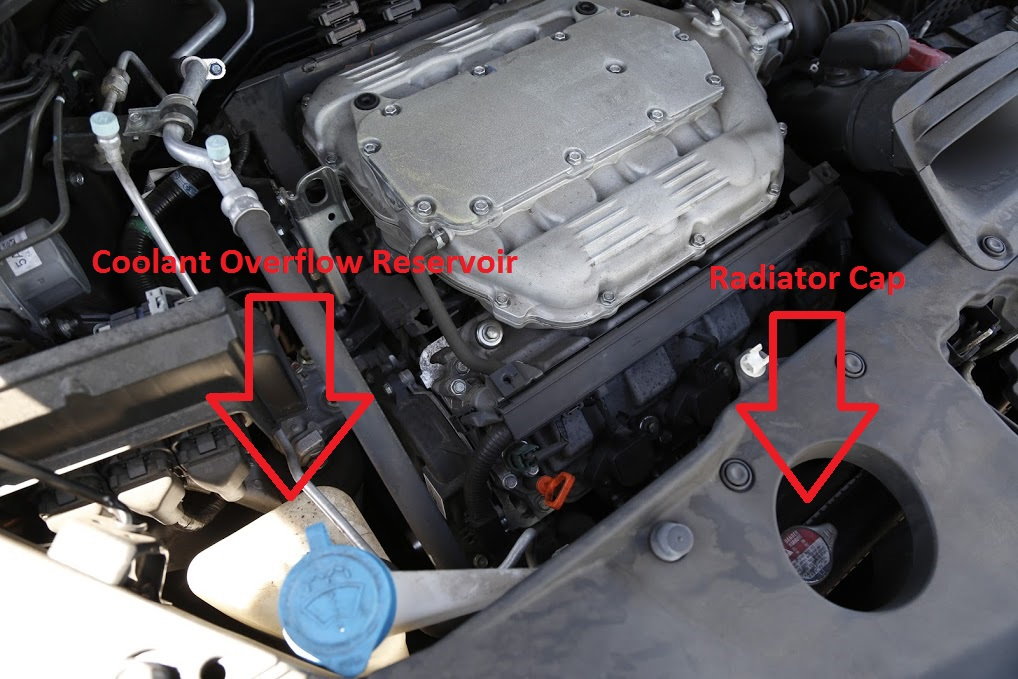
Brake Fluid
Brake fluid is what runs through the brake lines and applies pressure to the brakes. Brake fluid should be changed every three years regardless of what Maintenance Minders you receive. Inspect the brake fluid reservoir monthly. If brake fluid levels are below the recommended mark, then you should have your brakes checked for leaks. If you decide to change the brake fluid yourself, do not use DOT 5 silicone brake fluid. It will cause damage to your brakes. Only use the recommended DOT 3/4 fluid.
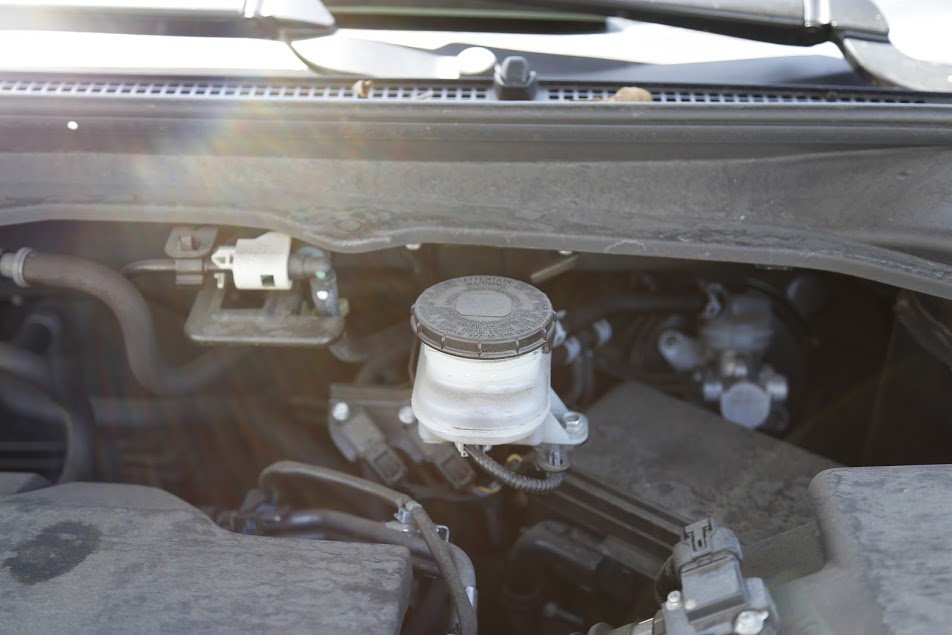
Transmission Fluid
Transmission fluid is what keeps your transmission lubricated. Transmission fluid should be checked monthly using the yellow transmission dipstick. If levels are below the recommended mark, new fluid should added. Pay attention to the color of the fluid as it changes with the age of the fluid. New fluid will be bright red, while old fluid will turn dark brown as bits of metal break down in the fluid. Once it reaches this point it should be changed.
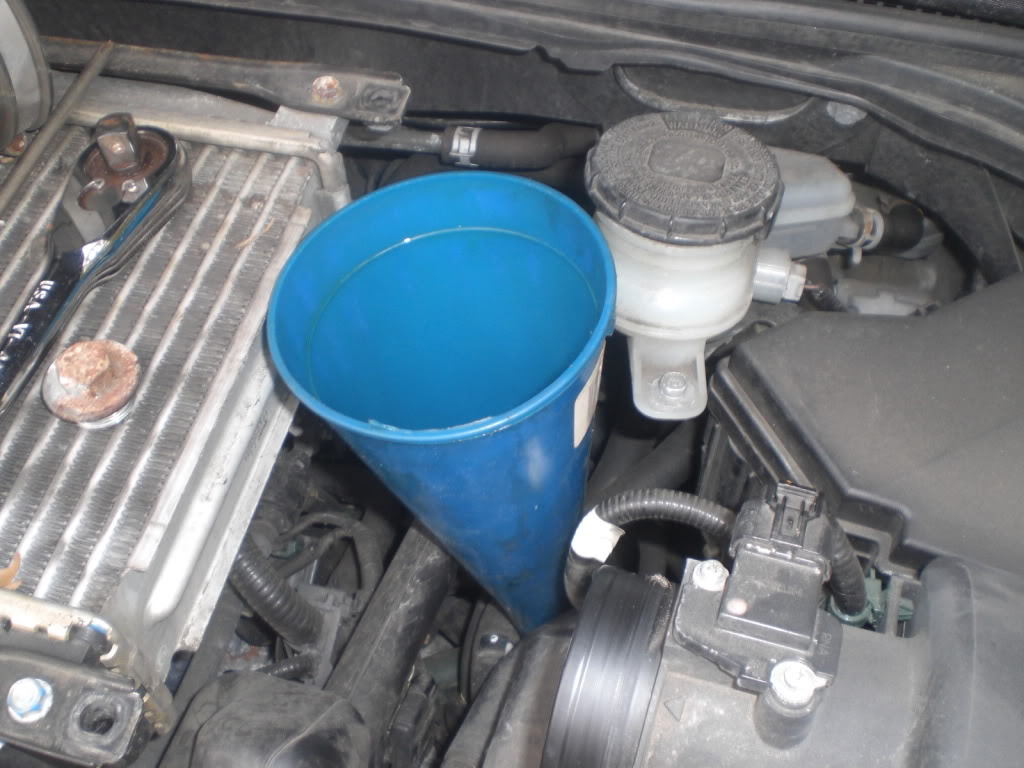
Window Washer Fluid
This is the fluid that cleans your windshield. While not essential for the maintenance of your vehicle, it is useful. Add new fluid to the reservoir whenever it starts to get low.

Spark Plugs
Spark plugs are what ignite the fuel in your engine. These should be checked every few months. You'll want to inspect the tips of the spark plugs for any carbon buildup, rust or cracks in the metal shell. You'll also want to check the gaps in the spark plug to make sure it's at the recommended level for your engine.
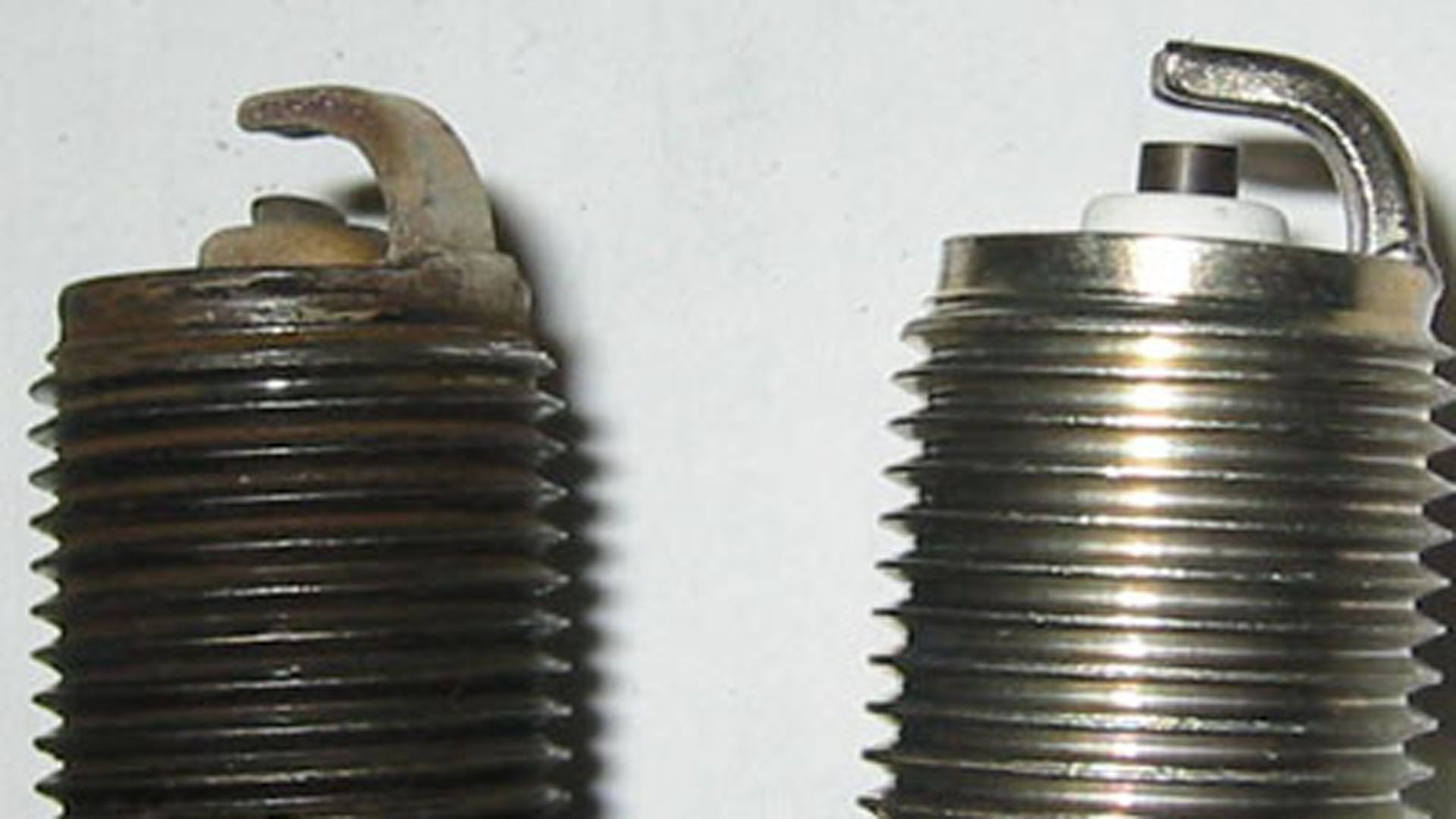
Battery
The battery is what powers your car when the engine is off. The battery should be inspected occasionally for any corrosion on the terminals. Corrosion buildup should be cleaned with battery cleaner.
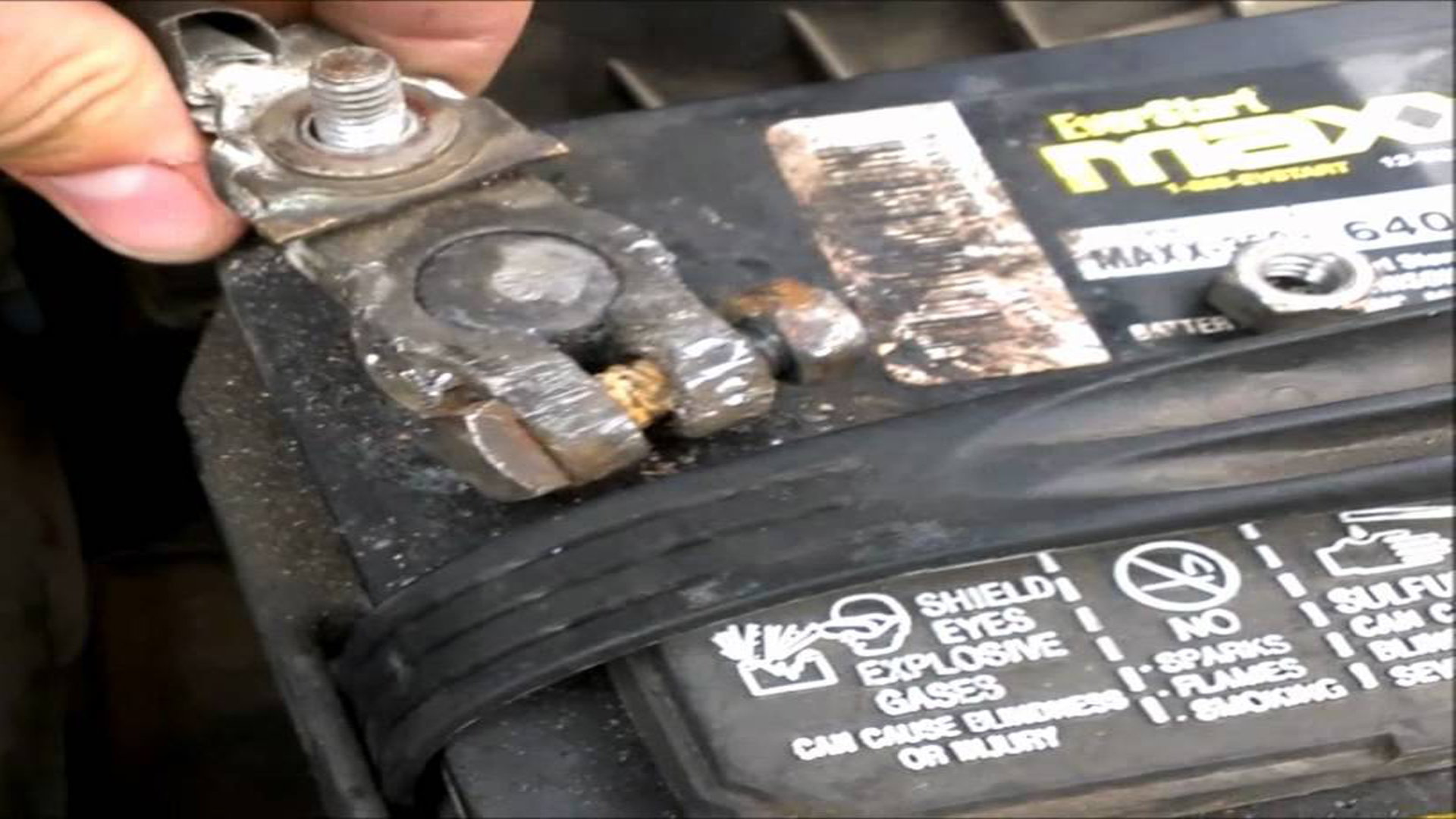
Tires
The tires are what gives your car the ability to move. You should check your tires bi-weekly. Look for cracks or tears in the tread wall. Check the tread wear. Uneven or excessive tread wear could mean your tires need to be realigned. Inspect the shallowest groove in the tread for the wear indicator. If the indicator is exposed, then the tires need to be replaced. Check the tire pressure and make sure it's at the recommended levels as indicated by the label in your doorjamb. When you check the tire pressure, the tires should be cold having not been driven in several hours. This ensures that you get an accurate reading. Increase tire pressure by adding air to the tires.
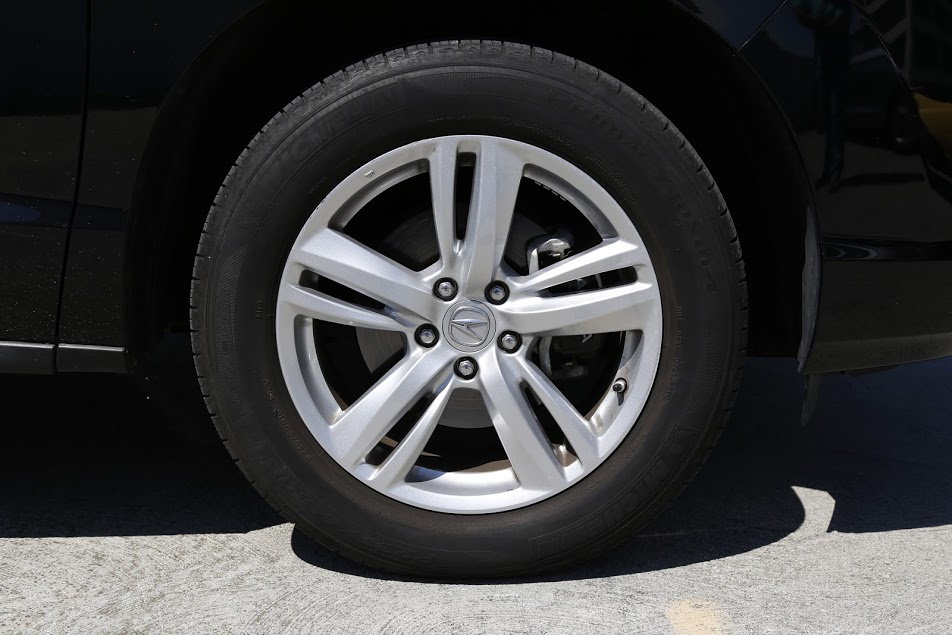
Related Discussions
- What is Done on B1 Service - AcuraZine.com
- A16 Service - AcuraZine.com
- Questions Regarding First Service of 2015 RDX - AcuraZine.com
- 2013 RDX B123 Maintenance Question - AcuraZine.com
- A6 Service? - AcuraZine.com






